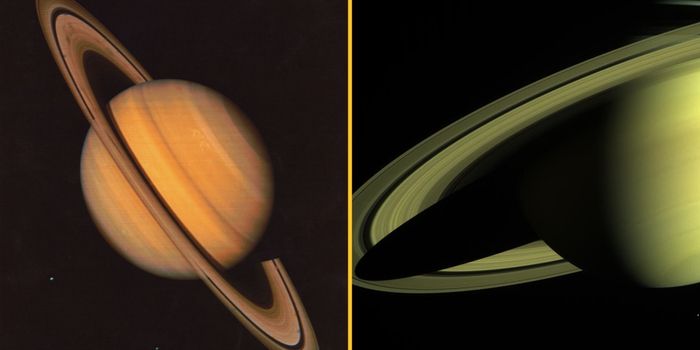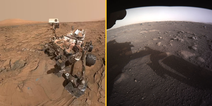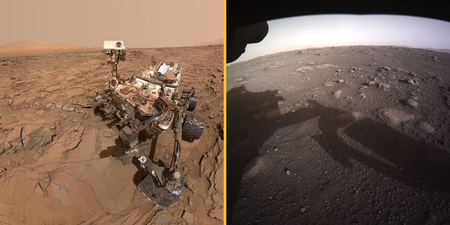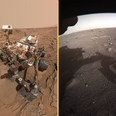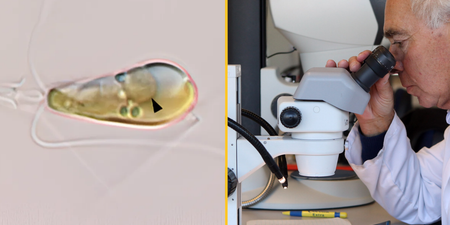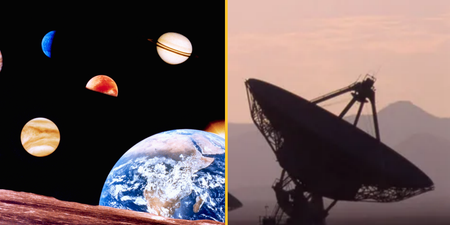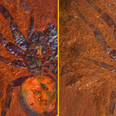Saturn’s rings will be gone one day
Within a couple of years, we will no longer be able to see Saturn’s rings – and they’ll be gone for a while.
NASA has confirmed that stargazers have until 2025 to get a glimpse of the structures before Saturn’s movements place perfectly side-on with Earth. This will turn the vast rings – which are made up of billions of chunks of ice and rock along with other materials such as dust – into an almost invisible line from our perspective.
Despite the fact the structures are many tens of thousands of kilometres wide, they are comparatively thin, at only 30km depth in some places.
Due to a tilt in its orbit, Saturn wobbles slightly towards and away from the sun throughout its orbital rotations.
As a result, every 13.7 to 15.7 years, Earth sees the planet perfectly from the side, causing the rings to appear flat.
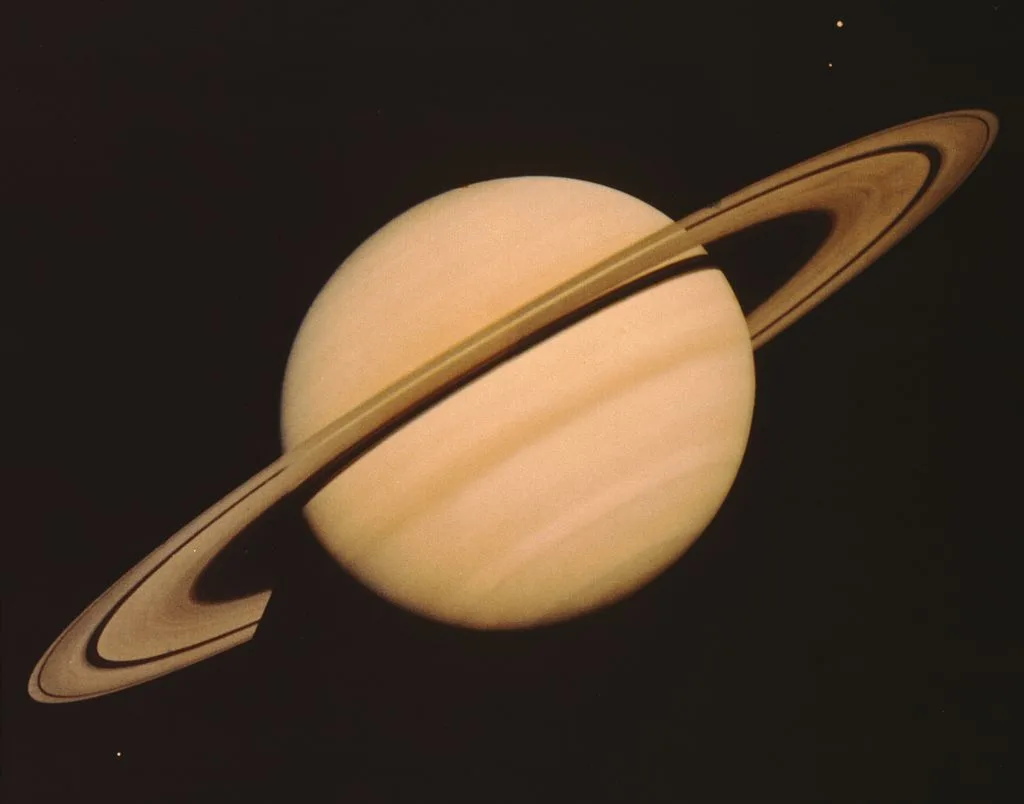
The rings will continue to become more visible from this point until 2032 when Saturn reaches its maximum tilt away from Earth and we can see the rings in all their glory once more.
But, one day Saturn will lose its rings for good.
In roughly 100 million years time, Saturn will have completely lost its rings and it will have a devastating impact on the planet.
Every second, 10,000 kg of rock and ice from the rings rains down on Saturn. This happens because the rings are constantly being hit by tiny meteoroids and UV radiation from the Sun.
This causes the ice particles in the rings to vaporize, forming charged water molecules that interact with Saturn’s magnetic field. They then fall toward the planet and burn up in the atmosphere.
This process has been known about since the 1980s thanks to NASA’s Voyager mission, but scientists initially thought it would take 300 million years for the planet to lose its rings.
The rings are hugely important to Saturn though as they help reflect sunlight away from the planet.
Without the rings, the temperature on Saturn could rise by up to 30C as more sunlight is able to directly hit the planet.
Along with this, the rings help maintain the gas giant’s atmosphere.
An increase in temperature of 30C would have a catastrophic impact on any planet.
Saturn’s rings have actually only been around for fraction of the planet’s existence. Despite being more than 4.5 billion years old, the rings are only thought to have come into existence 100 to 200 million years ago.
Related links:
Strange radio waves from centre of galaxy are baffling astronomers
Supernova blast captured for the first time in history
Scientists see light from other side of a black hole for first time ever
